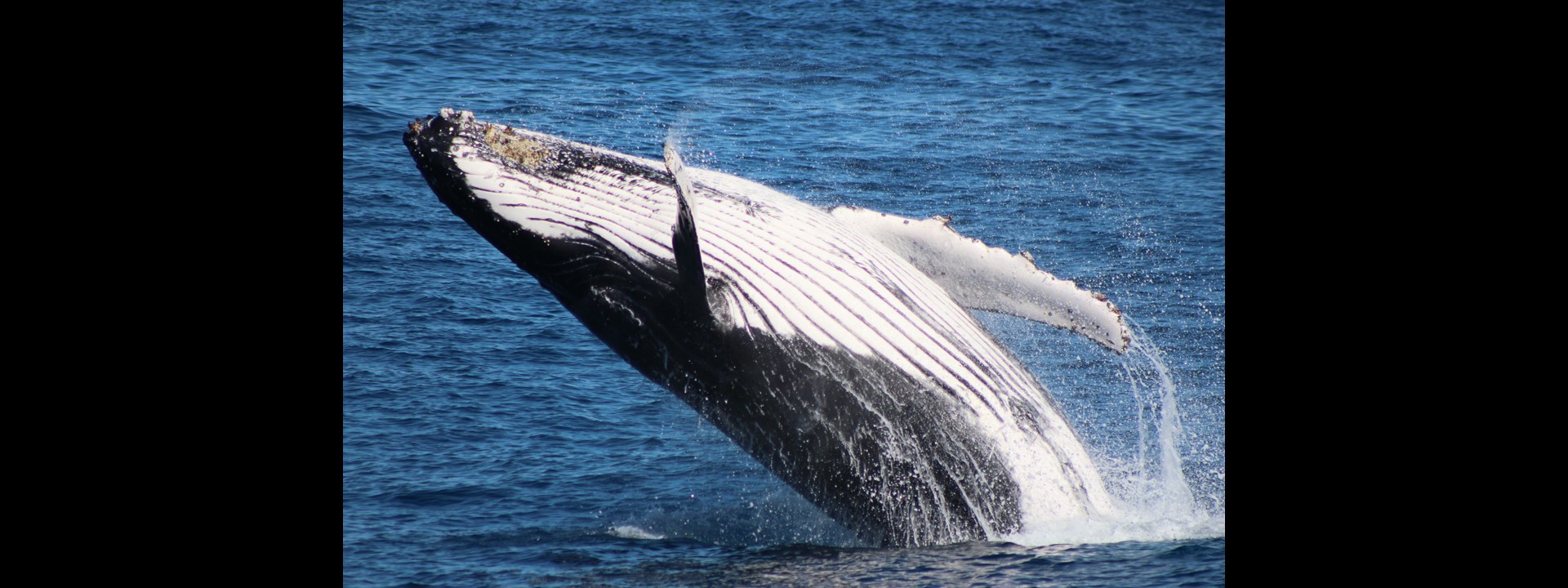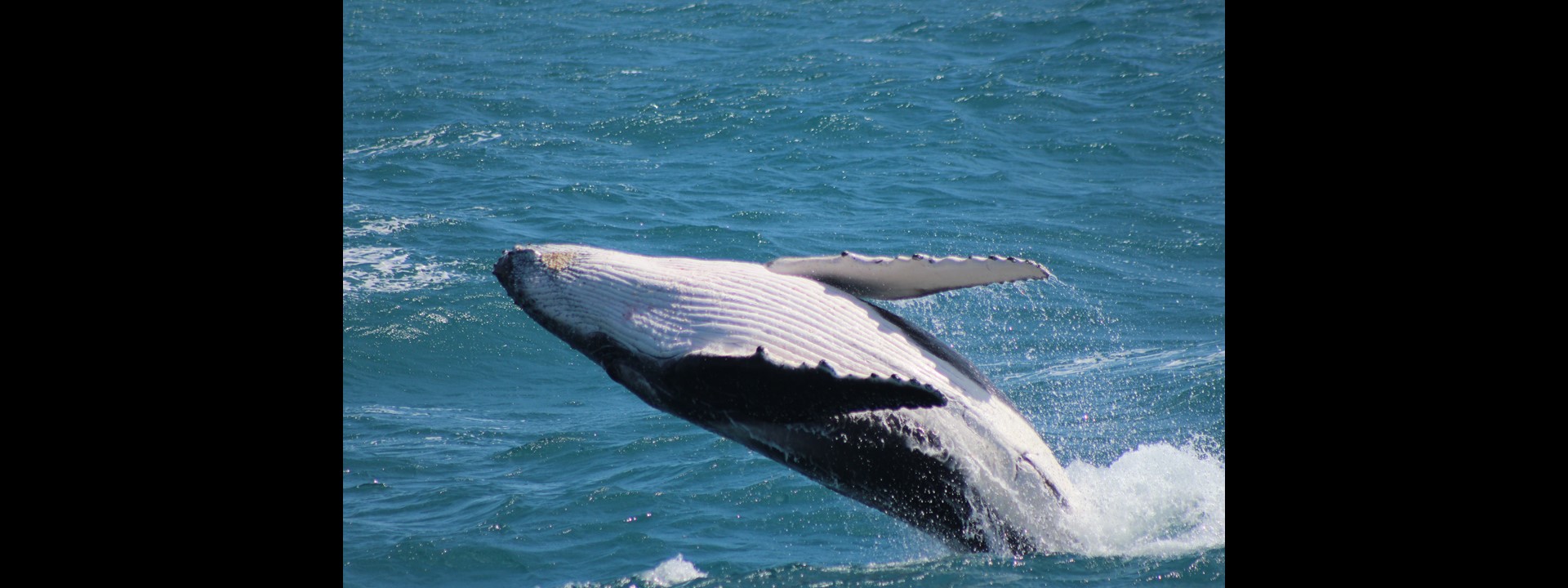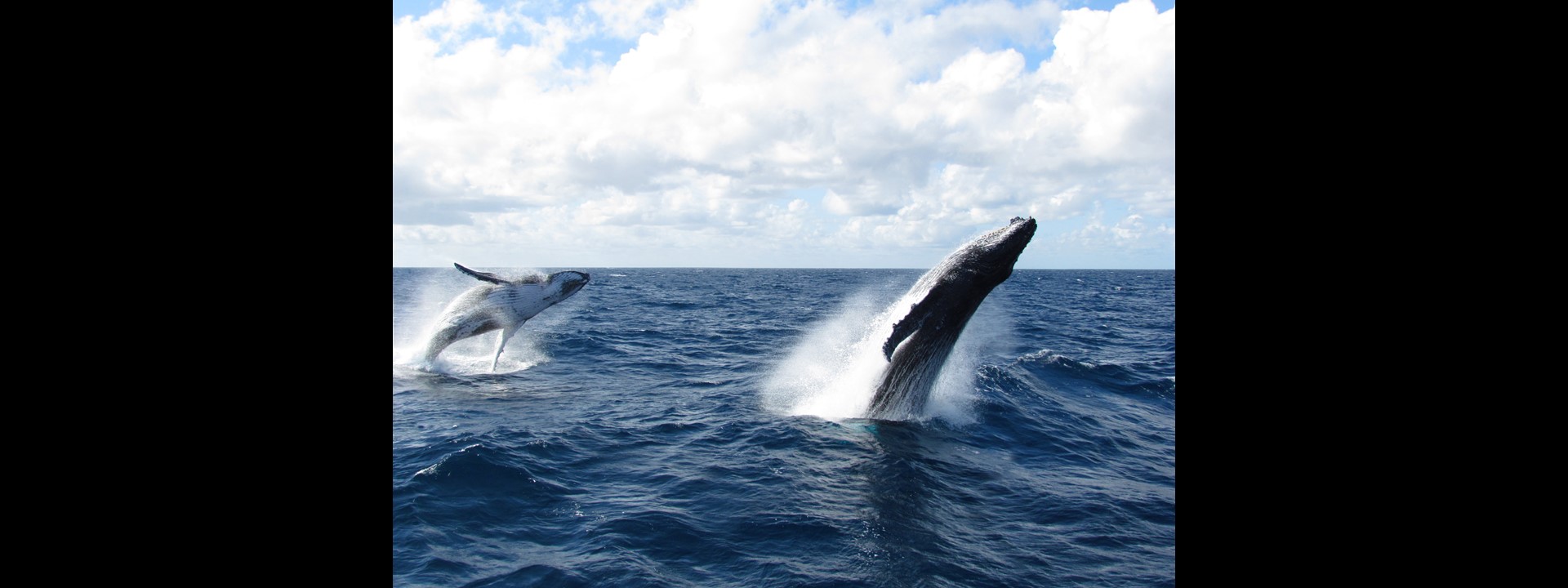About Whale Watching (with Pictures)
Where can I go whale watching in Australia?
There are many opportunities to go whale watching all along the Australian east coast. At Tangalooma, in Queensland, you can spot whales from land, sea and sky, with a range of boat cruises, 4WD tours and Helicopter sightseeing tours available. As a result, Tangalooma is often considered the best spot for whale watching in Brisbane.
What is the best month for whale watching?
June through to October is the best time for whale watching, as the humpback whales migrate up along the east coast of Australia, from Antarctica, to give birth in warmer waters of Queensland.
Where can I see whales in Brisbane?
You can go whale watching in Brisbane via Tangalooma Whale Watching Cruises, which depart just 10 minutes from the Brisbane CBD. Although rare, humpback whales have even been spotted in the Brisbane River.
As the whales migrate past Moreton Island, the highest point of Cape Moreton is a great spot for families to watch the whales and their calves. With the humpback whale population now booming, you can be almost guaranteed to spot 20-30 whales in just a few hours.

What is best place for whale watching in Australia?
Moreton Island is often regarded as one of the best places for whale watching in Australia because you can whale watch from the land, the sea and in the sky. There are tours available for all these options.
Can you see humpback whales in Queensland?
Yes you can see humpback whales in Queensland at well known whale watching hotspots such as Moreton Island, Brisbane and Hervey Bay. Often other species of whales and porpoises can also be sighted.
What species of whales can you see in Brisbane?
There are a variety of whale species that pass by Brisbane and Moreton Bay region (and around Moreton Island) during the winter migration. The Humpback Whale is the most common whale in area, however other species including Southern Right Whales, Pilot Whales, Minke Whales and even False Killer Whales have also been sighted on whale watching cruises.
What are common whale behaviours?
Humpback whales are acrobatic creatures. We can see them performing their tricks on the surface of the water including tail slapping, flipper slapping or waving, head lunges and breaches.
-
Breach: The whale leaps from the water, spinning in the air before re-entry, once or many times in succession.
-
Spy Hop: The whale raises its head vertically out of the water to get a better view of their location.
-
Tail Slap: The whale extends its tail fluke above the water and slaps it, often forcibly, down on the surface.
-
Blow: The blow is the condensed breath of the whale as it exhales at the surface. It forms a bushy cloud (sometimes a rainbow) that can be up to 3-5m tall.
-
Head Slap: The whale lunges forward, with most of its head coming out of the water and slaps it back onto the water surface.
-
Pec Slap: The whale raises one or both flippers into the air and slaps it (or them) down on the surface of the water.

Do I need to bring bottled water for when whale watching?
While there is cold water provided on all Tangalooma Whale Watching vessels, you can however, bring your own reusable water bottle and help reduce the amount of waste that goes into landfill.
Do you need binoculars for whale watching?
While it's not necessary, you will be able to get a great view of the whales even if they’re far away as sometimes whales come close to the boat, but other times you can see them only in the distance.
What are some features of a humpback whale?
-
Mouth: Humpback whales do not have teeth in their mouth; instead, they have baleen plates hanging down from both sides of their long upper jaws. They gulp in large amounts of water and use the baleen to filter out small prey such as krill and small fish.
-
Blowhole: Whales and dolphins breathe air through blowholes in the top of their heads. The baleen whales like the humpback whales, all have two blowholes, while toothed whales like the dolphins, only have one blowhole.
-
Eyes: Humpback whales have good eyesight. Their eyes are about the size of an orange and are located just behind the mouth, in front of the pectoral flipper.
-
Ventral Pleats: The ventral pleats are grooves that run along the whale’s throat from the chin all the way to the belly button. They allow the whale to expand its throat while feeding.
-
Pectoral Fin: Humpback whales have the longest pectoral fins or flippers of any marine animal. They grow to about 5m in length, about one third of the length of the whole whale.
-
Dorsal Fin: Humpback whales have a small triangular dorsal fin with a slight hump on the forward edge. This hump stabilizes the whale while swimming.
-
Tail Flukes: The humpback tail fluke is 3 - 5 m wide. The underside has unique black and white markings, which can be used to identify individual whales.
Do you get wet whale watching?
Unless it is raining, then generally no. Tangalooma Island Resort's boats are larger enough that you can stay dry while onboard. There are indoor and outdoor viewing areas of Tangalooma largest vessel, the Tangalooma Jet.
If you want to stay completely dry and on land, then head to Cape Moreton to watch the whales from land.
Do I get lunch provided when whale watching?
Yes, a lunch box style lunch is provided onboard the boat. If you have any dietary requirements (vegetarian, celiac etc), please contact us not later than 24 hours before departure.
What is a double breach?
A double breach is when 2 whales both breach/jump out of the water at the same time (or almost the same time).
